So-called 'High Art' confronts us often where we may least expect it. The industrial heritage of the United Kingdom includes factory chimneys built during the Industrial Revolution and designed to emulate the beauty of an Italian Renaissance bell tower or campanile.
In his 1915 novel, 'Of Human Bondage', Somerset Maugham writes:
“In themselves there is nothing to choose between the Campanile of Giotto and a factory chimney. … beautiful things grow rich with the emotion that they have aroused in succeeding generations. That is why old things are more beautiful than modern.”
Maugham’s favourable comparison of a factory chimney with an Italian campanile – or bell tower – was no accidental observation. Many factory chimneys built during the Industrial Revolution were, indeed, deliberately modelled on the Italian campanile.


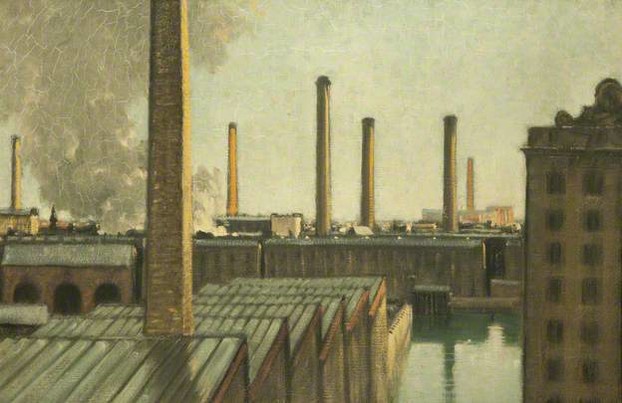
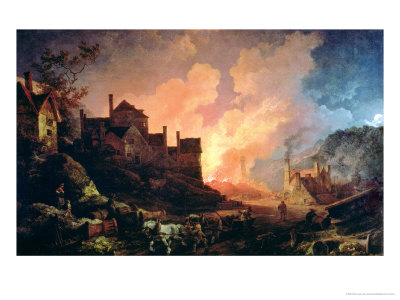





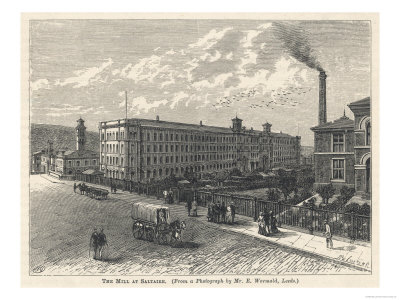
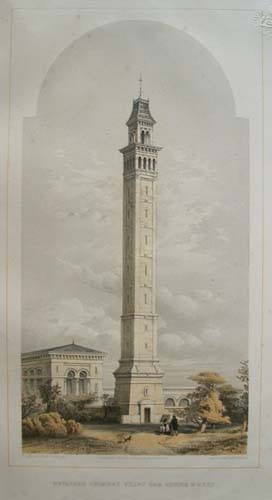
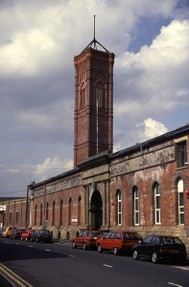 Opened in 1864 by pin-maker, Colonel Thomas Harding, this factory has three chimneys based on the bell towers of Florence, Verona and Tuscany.
Opened in 1864 by pin-maker, Colonel Thomas Harding, this factory has three chimneys based on the bell towers of Florence, Verona and Tuscany. 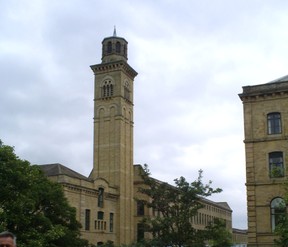



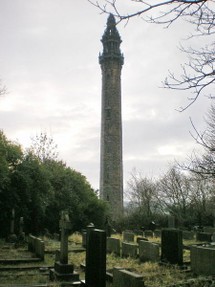
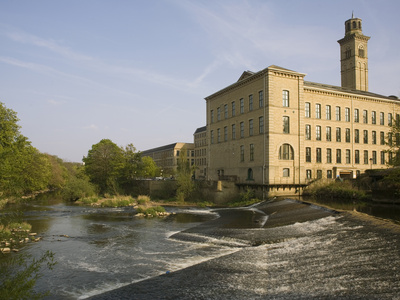
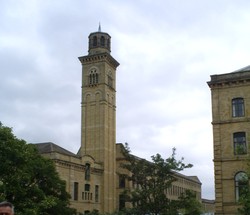

 How to Choose a Walking Cane or Stickon 08/01/2014
How to Choose a Walking Cane or Stickon 08/01/2014
 Michael Miller Fabulous Fabric Swatches for Quilting, Crafts etcon 07/02/2014
Michael Miller Fabulous Fabric Swatches for Quilting, Crafts etcon 07/02/2014
 The Drama of Life in the Rock Poolon 06/08/2014
The Drama of Life in the Rock Poolon 06/08/2014
 The Flâneur - Symbol of Modernity in 19th Century Parison 05/09/2014
The Flâneur - Symbol of Modernity in 19th Century Parison 05/09/2014



Comments
Hello 2uesday - Yes, isn't Saltaire an amazing place. I usually go up there every year and stay in one of the workmen's cottages which you can rent. I remember it as a child before the town and the mill was renovated because, living in Leeds , we used to go past it on the little train now and then . I have an article on Saltaire which I am hoping to put up soon. I agree with you about the lilies - it's a very special place!
Hi Brenda - My pleasure! :)
You learn something new everyday. Thanks for the article.
So glad you enjoyed it Mira - yes, that book is amazing!
I enjoyed it, and was fascinated by that image and book of Rawlinson's -- great find!